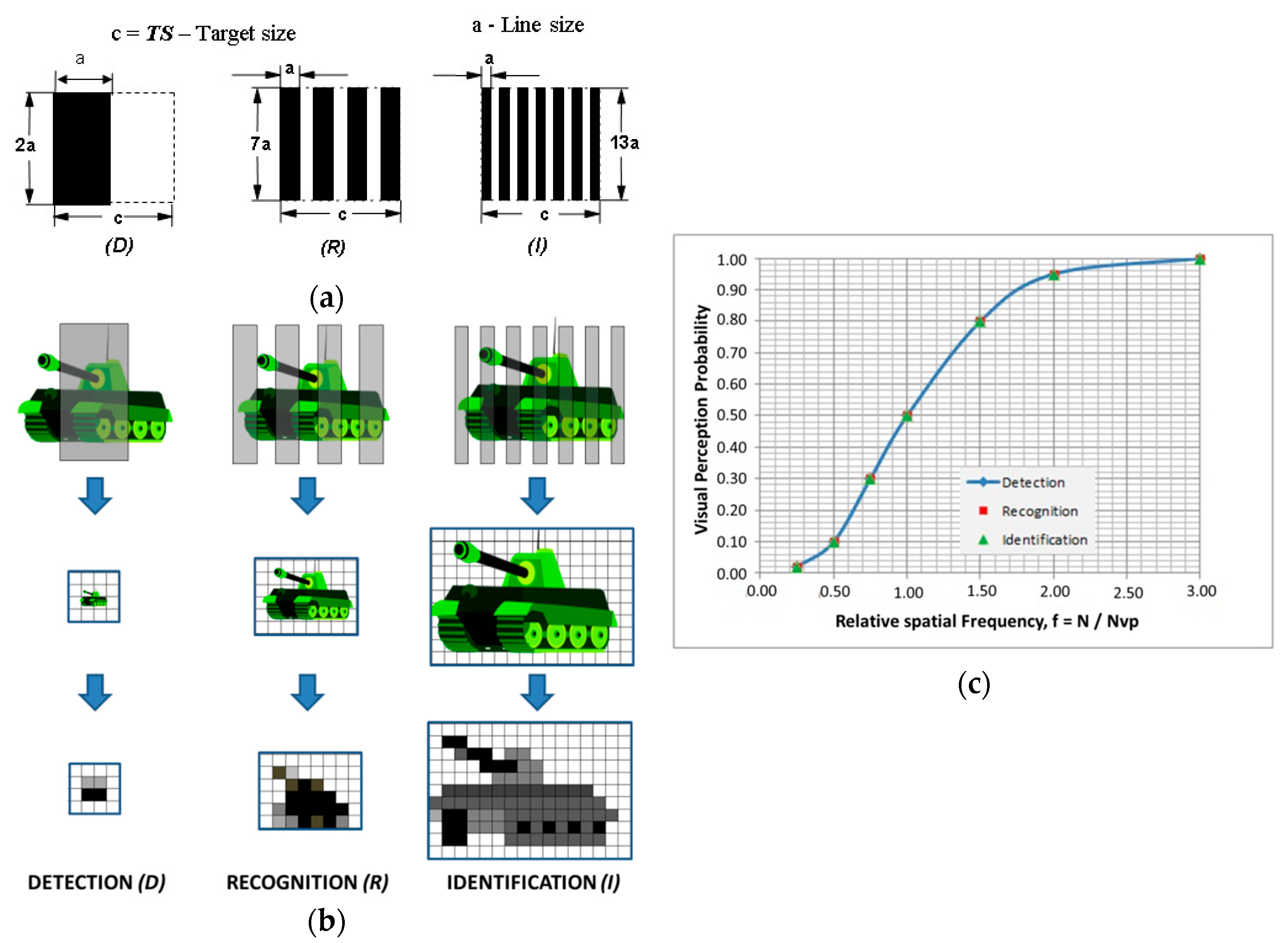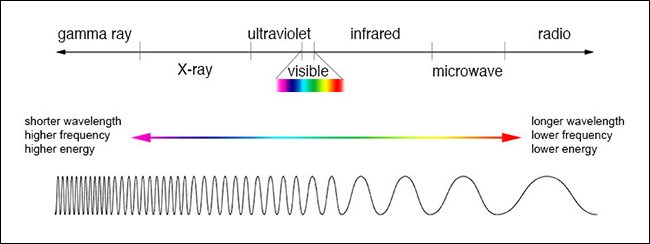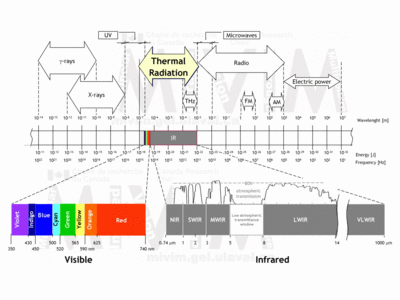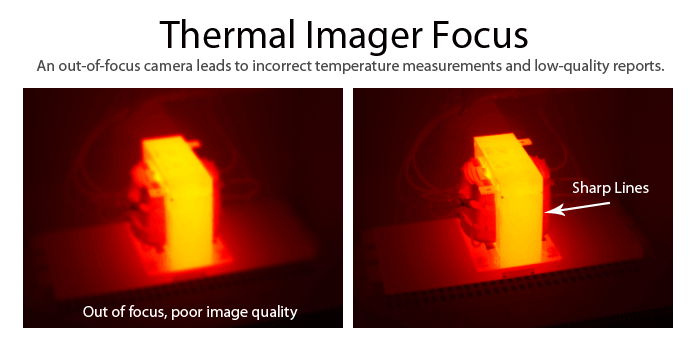The thermal imaging industry has evolved drastically since its beginning when thermal cameras were unwieldy bulky heavy and outrageously expensive.
Thermal imaging frequency range.
Thermal imaging uses cameras that see heat instead of light.
So how does thermal imaging see heat.
Instead of the 400 700 nm nanometer range of visible light thermographic cameras are sensitive to wavelengths from about 1 000 nm 1 μm to about 14 000 nm 14 μm.
This article explains thermal infrared imaging the infrared spectrum and the different infrared cameras used.
What is thermal or infrared imaging.
Infrared imaging services llc provides infrared electrical inspections infrared testing and electrical surveys to detect system overloads loose and defective components and damaged switch gears with thermal imaging as well other electrical testing and electrical surveys in albany ny ny capital region upstate ny and vt.
Infrared radiation extends from the nominal red edge of the visible spectrum at 700 nanometers nm to 1 millimeter mm.
Whether you use thermal imaging for an inspection of large industrial installations or for an inspection of a fuse box in a domestic residence flir will have just the right thermal imaging camera for you.
Find hidden problems take accurate temperature readings and confirm repairs were done correctly with the help of the 4 800 80 x 60 pixel infrared resolution and flir multi spectral dynamic imaging msx enhancements.
All objects warmer than absolute zero 273 c 459 f emit infrared radiation in the mwir and lwir wavelengths 3µm 14µm in an amount.
Sometimes referred to as flir cameras they produce an image that portrays objects using their temperature instead of their visible properties.
Flir systems offers a wide range of thermal imaging cameras.
The flir e4 thermal imaging camera is an easy to use troubleshooting tools for building electrical and mechanical applications.
The wavelength of infrared that thermal imaging cameras detect is 3 to 12 μm and differs significantly from that of night vision which operates in the visible light and near infrared ranges 0 4 to 1 0 μm.
There is no real maximum range depending on the wavelength and what you are looking through.
Definition and relationship to the electromagnetic spectrum.




























